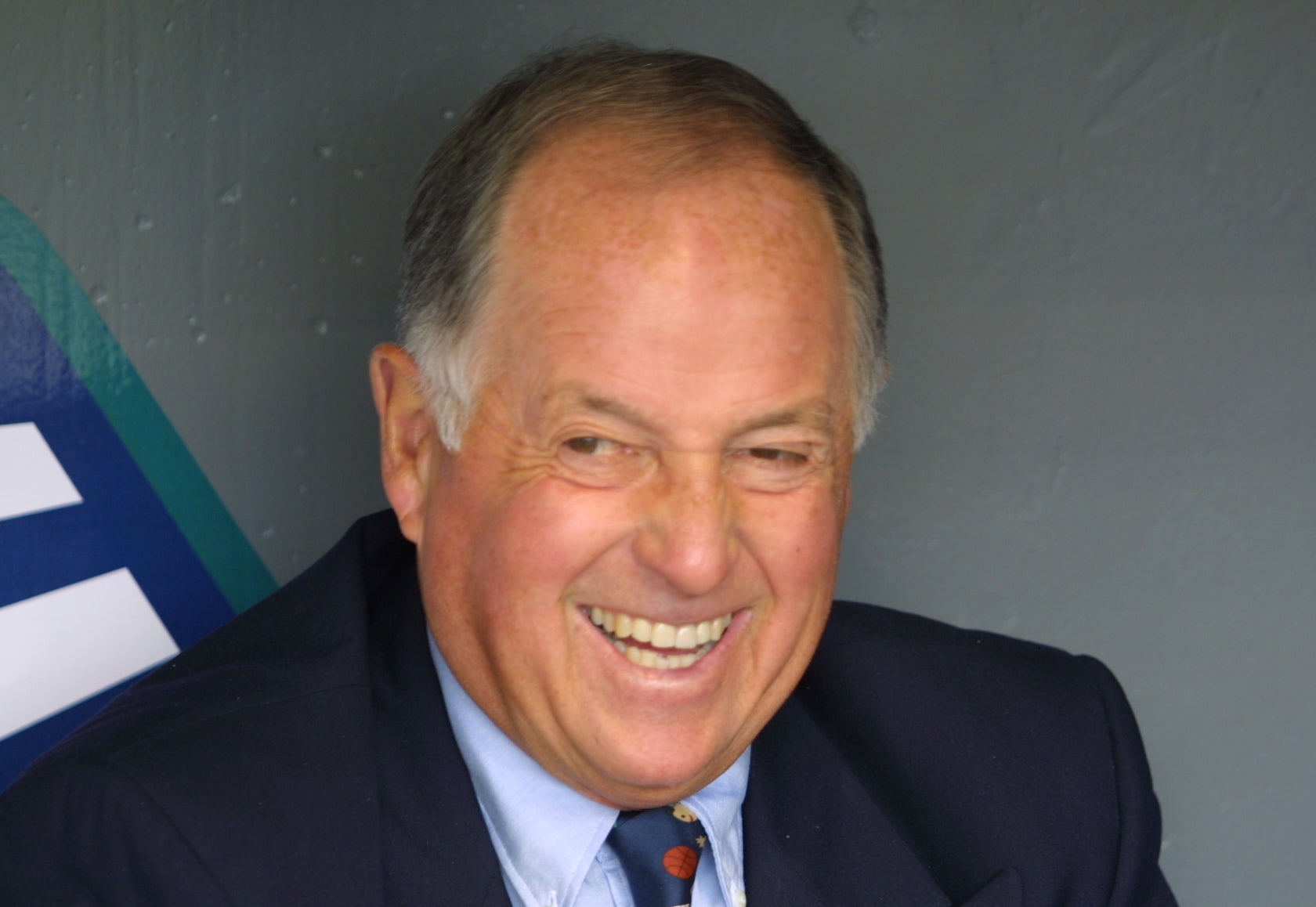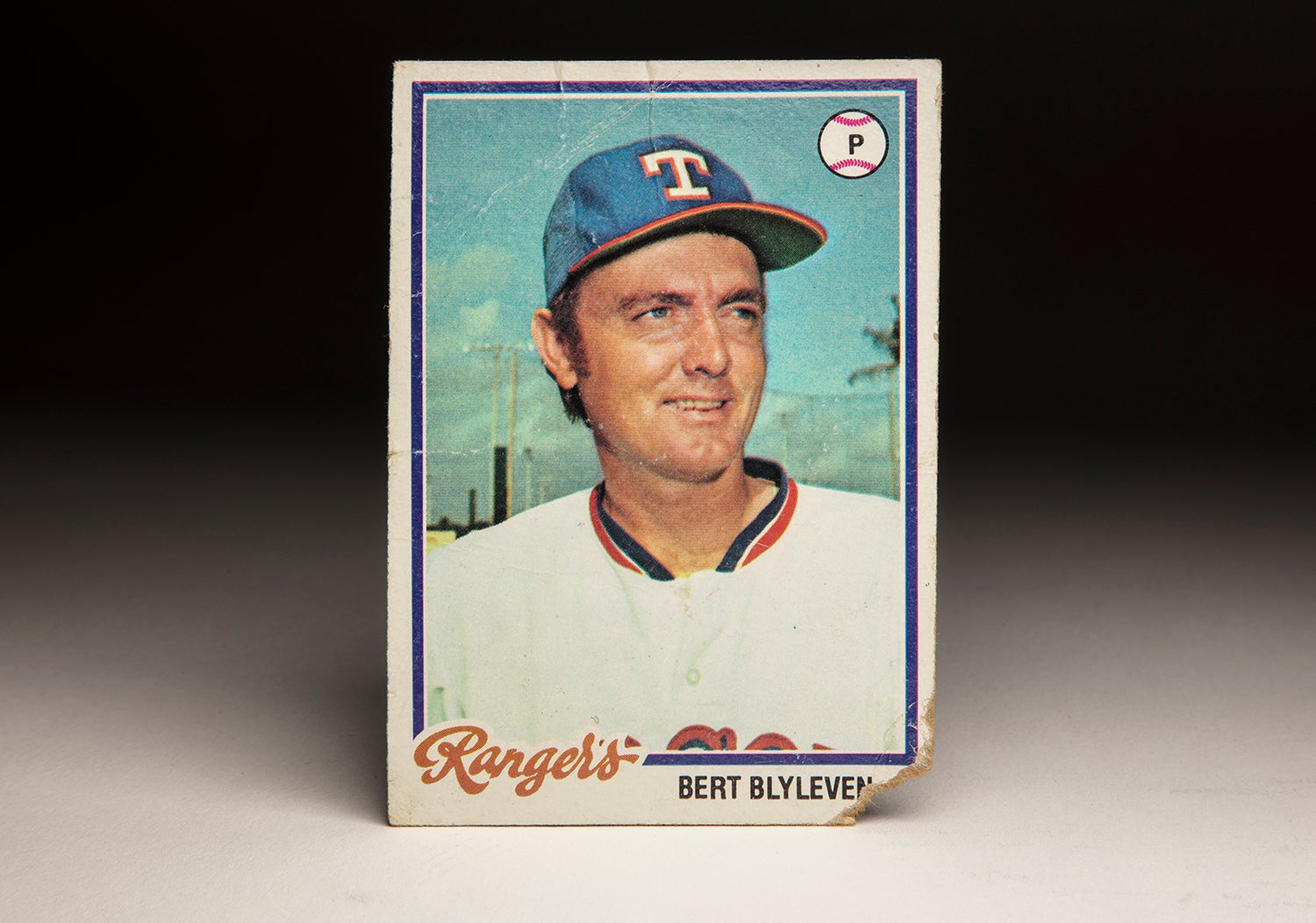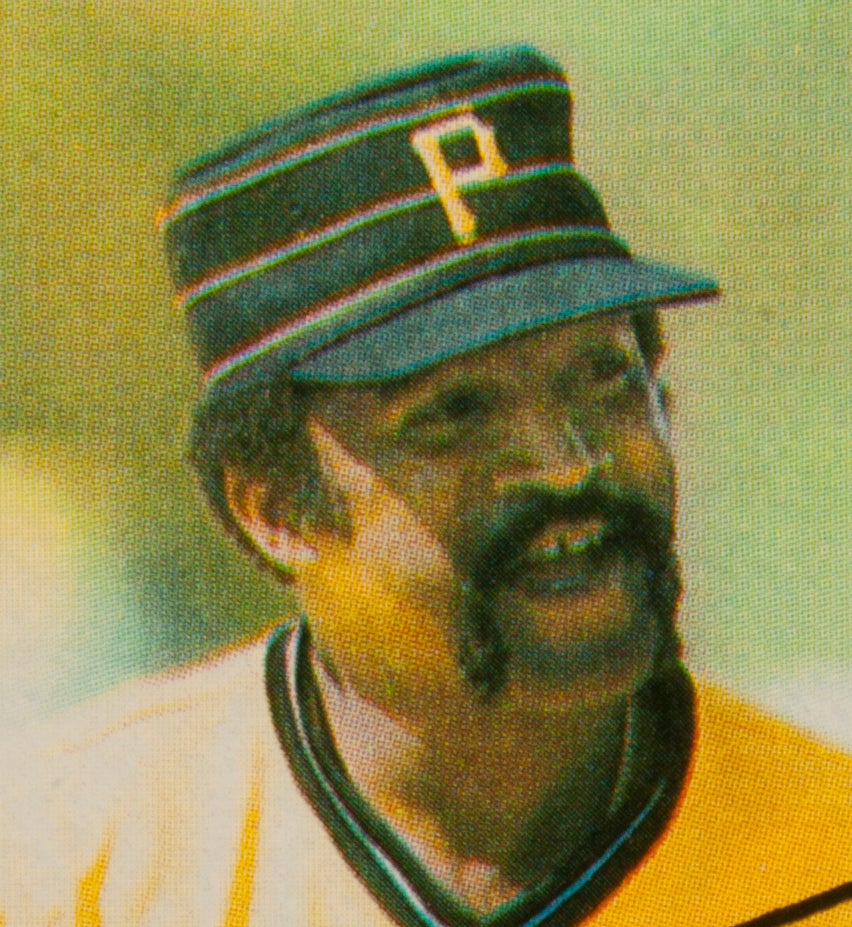- Home
- Our Stories
- #CardCorner: 1981 Topps Victor Cruz
#CardCorner: 1981 Topps Victor Cruz
He pitched in the big leagues for just five seasons, but Victor Cruz was traded at various times for a future Cy Young Award winner, a Top 10 MLB Draft pick and a Hall of Fame pitcher.
And while his career and ultimately his life were not lengthy, Cruz’s legacy remains a significant piece of baseball history.
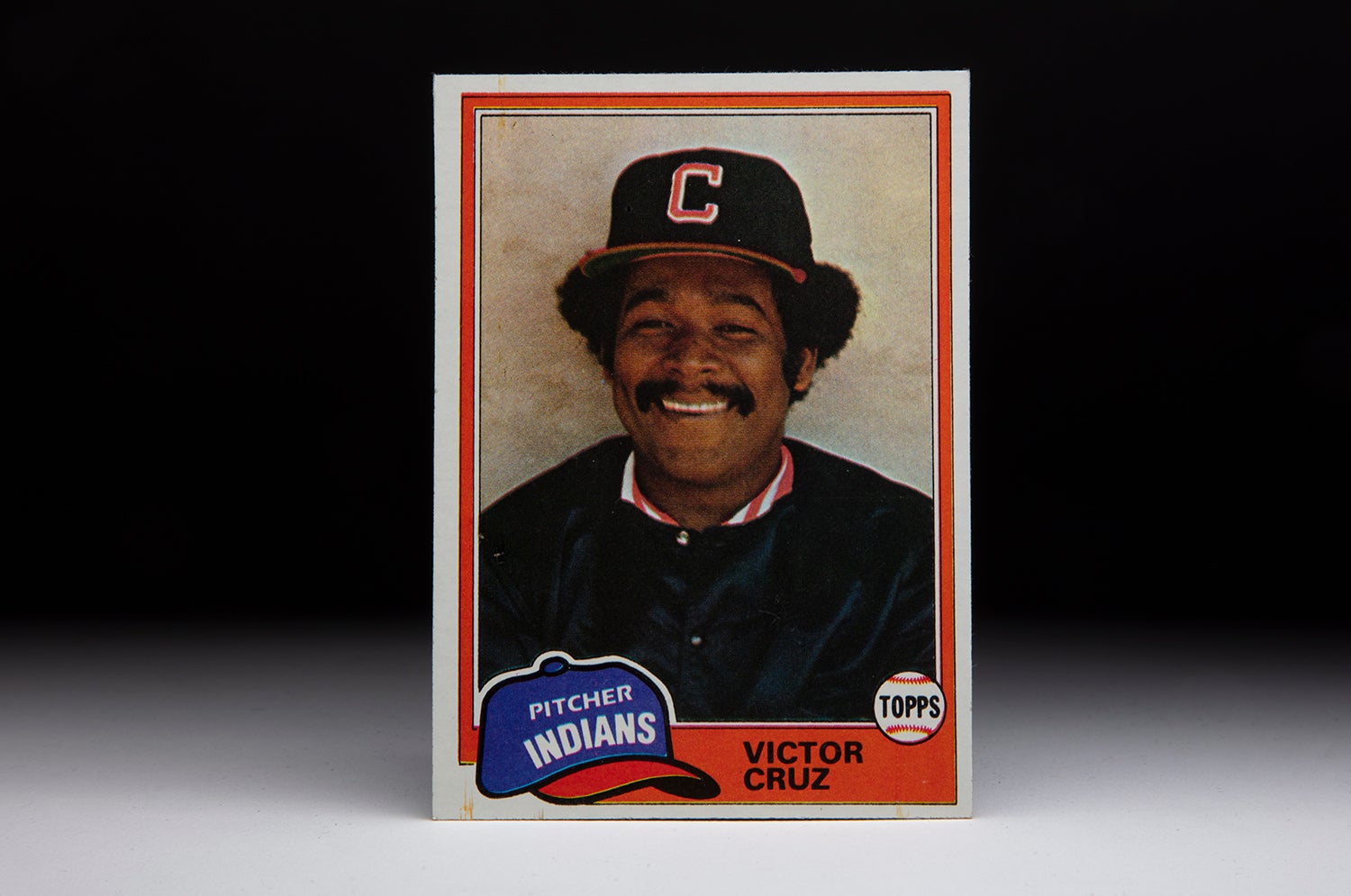
Cruz was born on Dec. 24, 1957, in Rancho Viejo, Dominican Republic. The son of a farmer, Cruz – like so many of his countrymen of that era – fell in love with baseball. An infielder in his teens, Cruz switched to the mound and began striking out opposing amateur league batters with regularity.
After pitching for his country at the Pan Am Games in 1975, Cruz signed as an international free agent with the Cardinals on Jan. 9, 1976. The Cardinals sent Cruz to Johnson City of the Appalachian League that year, where he was 6-3 with a 2.03 ERA, striking out 100 batters in 80 innings – leading the league in strikeouts for most of the season.
The Cardinals promoted Cruz to Double-A Arkansas in 1977, but the 19-year-old struggled against older players and was working on a 4.99 ERA when he was demoted to Class A St. Petersburg. But Cruz still finished the season with 131 strikeouts over a combined 113 innings.
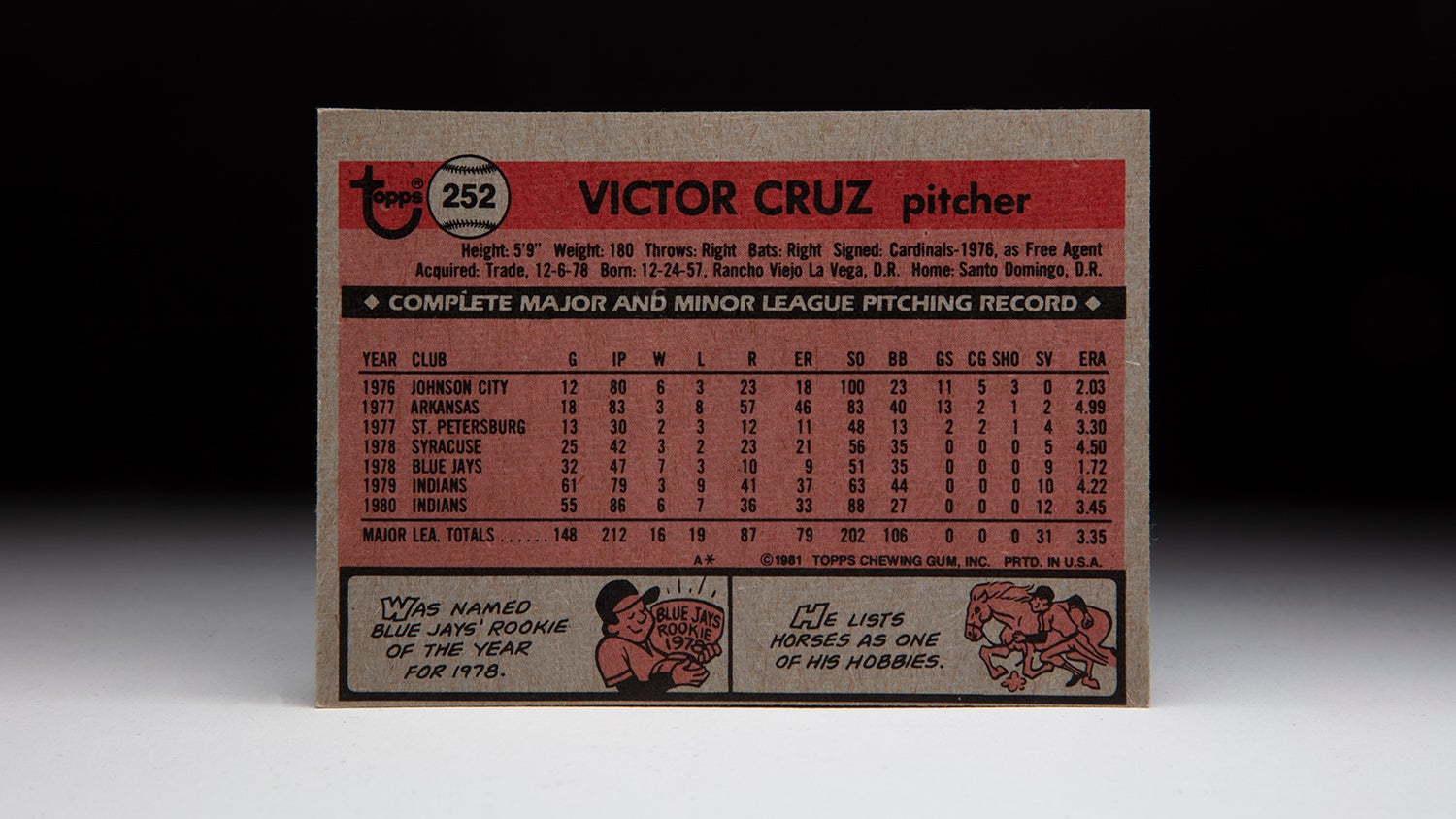
On Dec. 6, 1977, the Cardinals sent Cruz and fellow pitcher Tom Underwood to the Blue Jays in exchange for Pete Vuckovich and a player to be named later who turned into John Scott. Suddenly, Cruz found himself with a second-year expansion team that was desperate for young pitching.
“Cruz is definitely a future, and he could even be a present,” Cardinals general manager Bing Devine told the Associated Press. “But we made this deal because we need help right now.”
Vuckovich did provide immediate help, going 12-12 with a 2.54 ERA in 1978 for St. Louis. Traded to Milwaukee following the 1980 season, Vuckovich tied for the AL lead in wins with 14 in 1981 and won the 1982 AL Cy Young Award while helping Milwaukee advance to the World Series.
Meanwhile, Underwood was viewed as the key to the deal for the Blue Jays.
“We feel that Underwood can be one of our starters in 1978,” Toronto general manager Pat Gillick told the AP. “Down the road, we feel Cruz will also be a big help. We think he could even be coming out of the bullpen for us next season.”
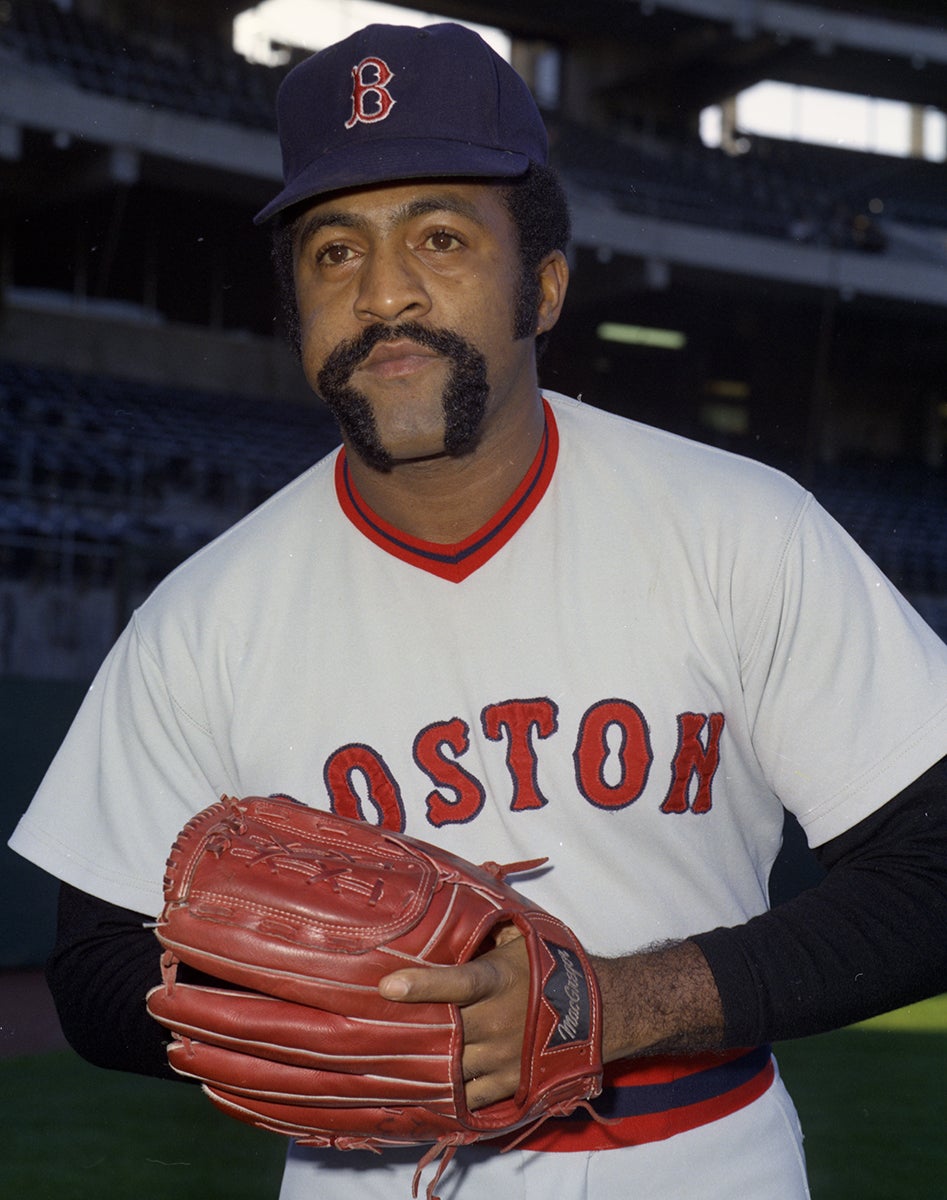
After pitching in the Dominican over the winter, Cruz reported to Spring Training and was eventually assigned to Triple-A Syracuse. There, he refined his corkscrew delivery – based on Luis Tiant’s – and was 3-2 with five saves and a 4.50 ERA when the Blue Jays brought him to the big leagues in June.
“I always threw sidearm like Luis Tiant,” Cruz told the Toronto Star. “But the Cardinals wanted me to pitch overhand. When I came to Spring Training, Pat Gillick saw me and said: ‘Why don’t you pitch the way you used to, like Tiant?’”
Gillick didn’t need much encouragement when he got positive reports on Cruz from Syracuse.
“I’ve got a pitcher who can help you,” the Toronto Star reported Syracuse manager Vern Benson telling Gillick. “He can throw hard, he can throw strikes and he’s all hyped up.”
Cruz made his Blue Jays debut on June 24 with 1.2 scoreless innings against Cleveland. By July 30, Cruz had strung together 21.1 scoreless frames over 13 games, racking up two wins and six saves while allowing just nine hits.
He allowed a run in his next appearance, falling one inning short of Dave “Boo” Ferriss’ then-record of 22.1 scoreless innings to start a career. But by that time, Cruz had become the talk of baseball.
“Cruz has shown me the best fastball I’ve seen on the team all year,” Blue Jays pitching coach Bob Miller told the Star.
And Miller’s prized pupil was motivated to keep throwing smoke.
“Whatever they want, (I’ll) do,” Cruz told the Star. “Anything so I don’t go back to Syracuse. No more Syracuse.”
Cruz would not have to worry about a demotion as he quickly became a fan favorite. He finished the year with a 7-3 record, nine saves and a 1.71 ERA for the Jays, striking out 51 batters in 47.1 innings. For his efforts, Cruz was named the club’s Rookie of the Year by the Toronto chapter of the Baseball Writers’ Association of America and tied Jim Clancy for the BBWAA’s Pitcher of the Year honors.
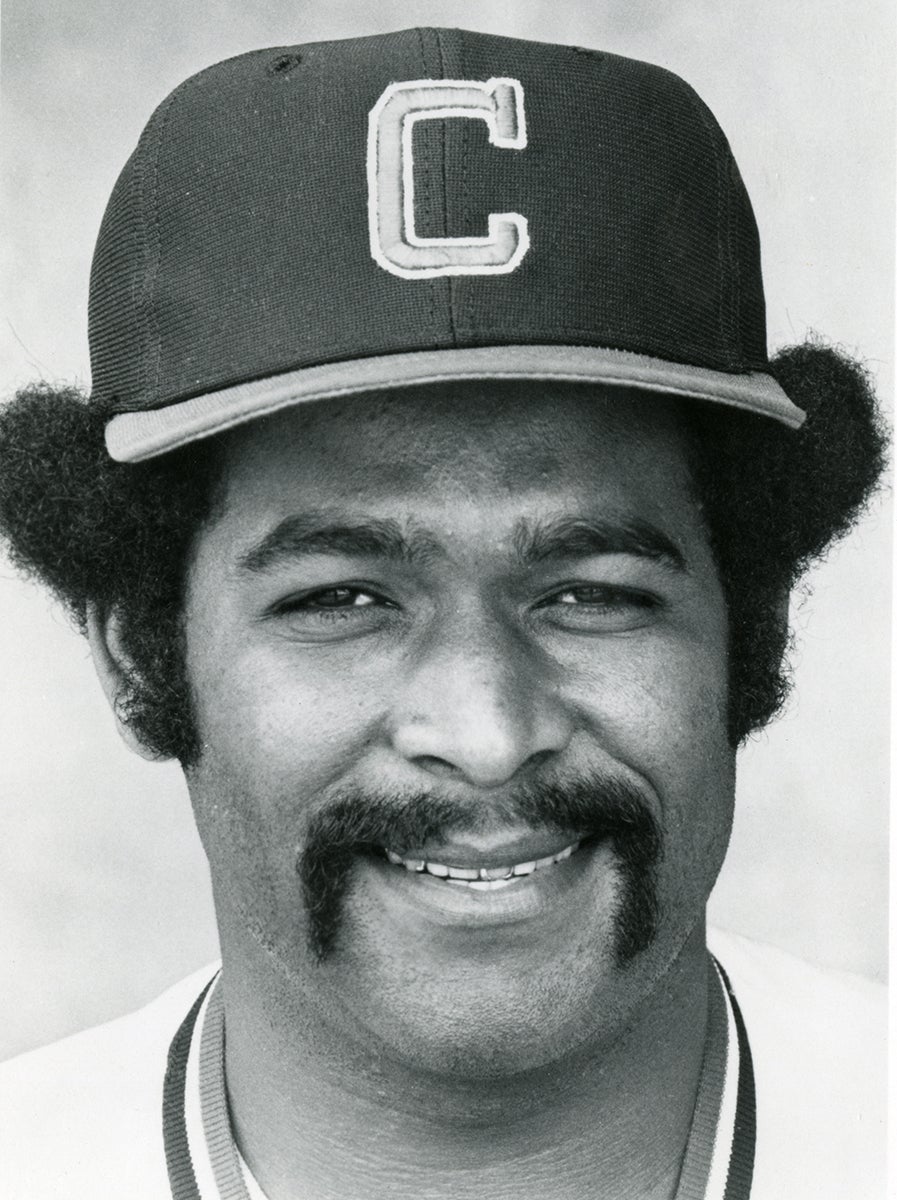
None of that, however, deterred Gillick in his quest to improve his team. On Dec. 5, 1978, Gillick sent Cruz to Cleveland in a deal for Phil Lansford, the No. 10 overall pick in the 1978 MLB Draft, and Alfredo Griffin.
Blue Jays fans from coast to coast questioned the trade. But what few of them knew was that Cruz did not report as asked to the Blue Jays’ instructional league outpost in Florida that fall, angering many executives and manager Roy Hartsfield.
“We believe we have two quality infielders as a result of this deal,” Blue Jays president Peter Bavasi told the Star. “If we are correct, the Victor Cruz deal is going to look good for quite a few years.”
Lansford, the brother of Angels third baseman Carney Lansford, did not pan out. But Griffin became a fixture at shortstop for six years, winning the 1979 AL Rookie of the Year Award and helping build the foundation for the Blue Jays’ mid-1980s success.
Cruz, meanwhile, stepped into the Indians’ late-inning role that was vacated by Jim Kern when Cleveland traded the two-time All-Star to Texas following the 1978 campaign. Indians fans soon were lamenting that trade when Cruz allowed an Opening Day home run to Boston’s Fred Lynn – one of four long balls Cruz surrendered in his first eight appearances – while going 0-5 through the first three months of the season.
Kern, on the other hand, went 13-5 with 29 saves and a 1.57 ERA for Texas in 1979, finishing fourth the AL Cy Young voting. Cruz finished the season 3-9 with 10 saves and a 4.23 ERA over 61 games.
But Cruz may have been a victim of overwork. He stated several times in the media that he preferred to pitch as often as possible, but in one seven-day stretch from May 28-June 3 Cruz pitched in six games – twice working three contests in a row. He repeated that by coming out of the bullpen three straight days June 10-12 and June 17-19.
By the end of the season – which included a shoving match with teammate Ron Pruitt on a team flight – Cruz was pitching mostly in games that were hopelessly lost.
But after a slow start in 1980, Cruz put together what would be his best big league season. He was 4-4 with two saves and a 4.46 ERA through June before a strong second half that saw him win two games and save 10 others over 27 appearances, finishing with a 6-7 record, 12 saves and a 3.45 ERA over 55 appearances while striking out 88 over 86 innings. But he clashed with Indians’ management in the latter half of the campaign over his less-than-desired workload and asked to be traded after appearing in just two of Cleveland’s final 16 games of the season.
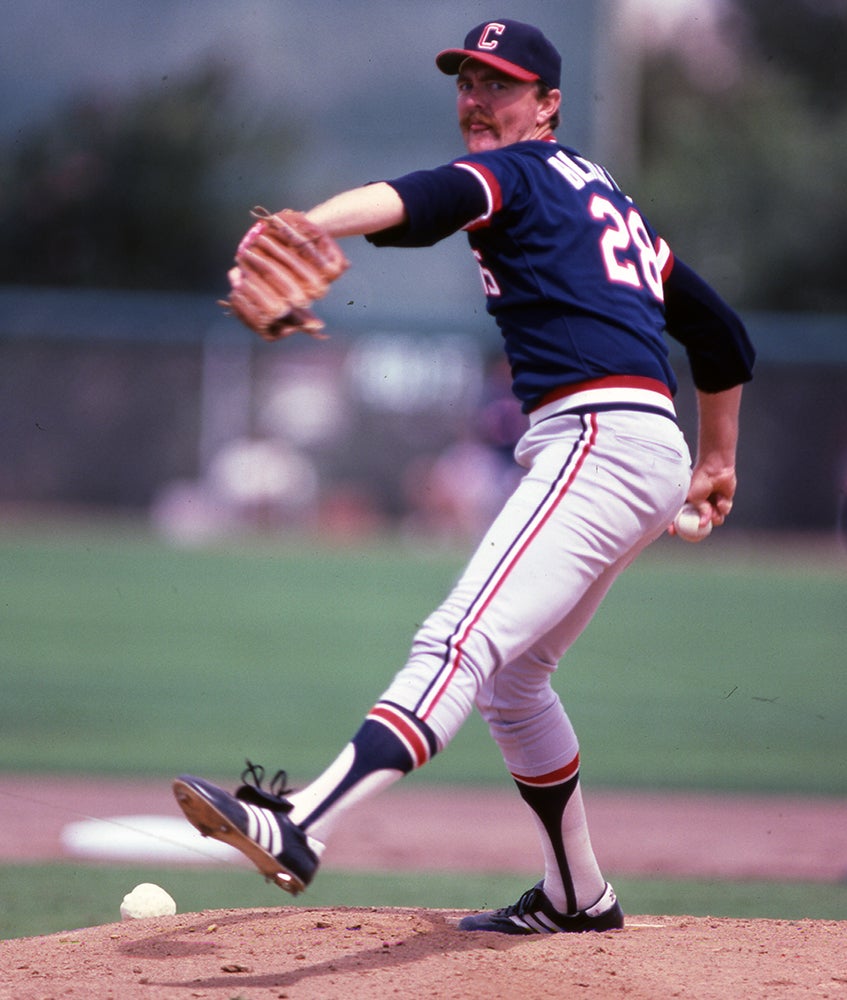
The Indians – perhaps looking to “sell high” – moved on from Cruz on Dec. 9, 1980, sending him to Pittsburgh along with Gary Alexander, Bob Owchinko and Rafael Vázquez for Bert Blyleven and Manny Sanguillén. It would mark the third time in four years that Cruz was traded during the Winter Meetings – and give Blyleven the fresh start he wanted with a new team.
“I’m very happy,” Blyleven told the Pittsburgh Press. “I had hoped a deal could be worked out that would get me to the California Angels, but my goal was to get out of Pittsburgh. Now I’m someplace I can pitch every fourth or fifth day, not every fifth or sixth day.”
The Pirates had explored a deal that would have brought the Angels’ Don Baylor to Pittsburgh in exchange for Blyleven and others, but in the end Pittsburgh decided that Cruz’s skillset made Cleveland the best trade partner.
“(Cruz is) the key man in the trade,” Pirates manager Chuck Tanner told the Press. “He’s got an outstanding arm. We feel he can pitch hard and often.”
Cruz was expected to give the Pirates a stellar bullpen, joining veterans Kent Tekulve, Grant Jackson and Enrique Romo – all of whom had starred for Pittsburgh’s 1979 World Series championship team. But Cruz, as he often did throughout his career, battled weight issues in 1981 and spent the first month of the season with Triple-A Portland.
“Weight, weight, weight – that’s all I heard (in Cleveland),” Cruz told the Press in the spring of 1981. “It made me crazy in my head.”
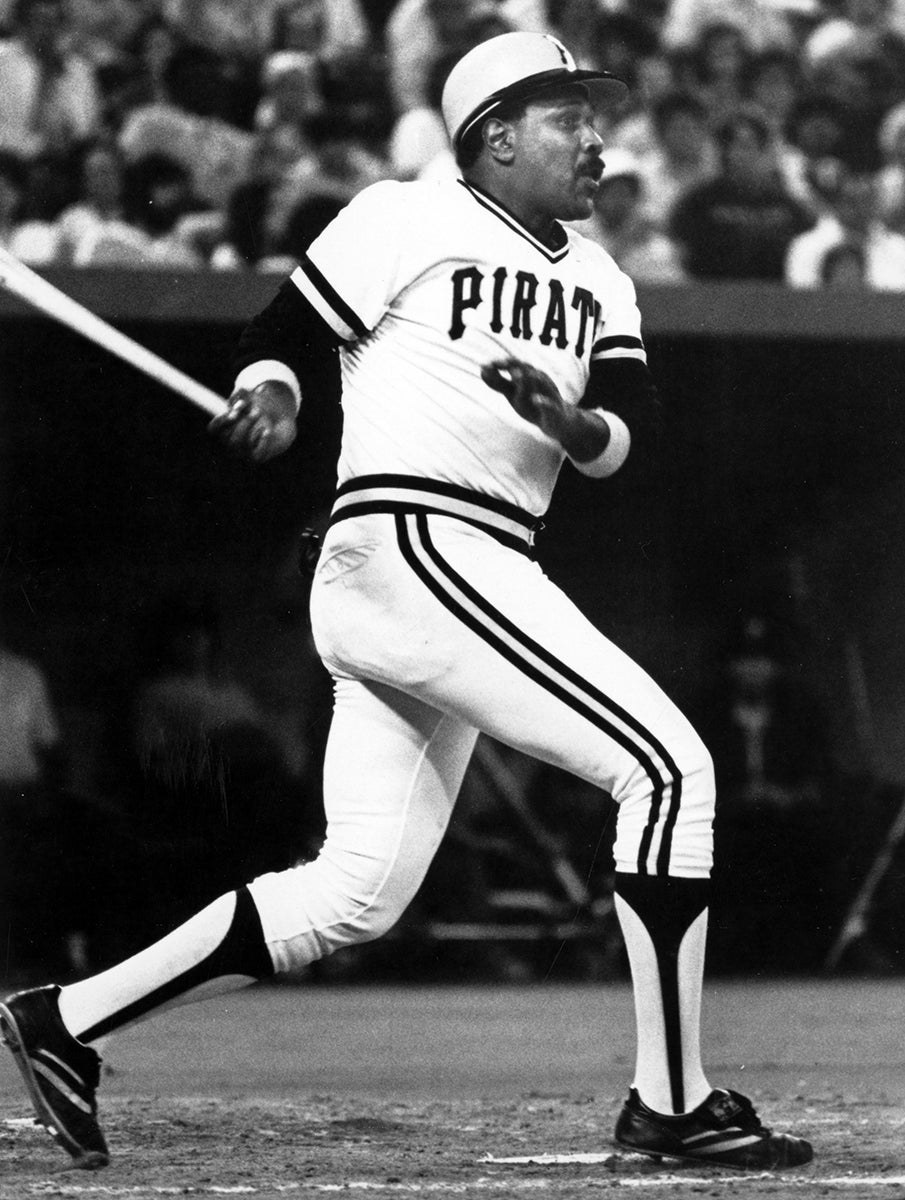
He was recalled in May and appeared in 10 games before the strike interrupted the season, going 1-1 with a save and a 2.25 ERA. But when the season resumed in August, he had a disastrous outing in his third trip to the mound in four days, allowing home runs to Andre Dawson and Gary Carter of the Expos after Tiant – making his first appearance for Pittsburgh – limited Montreal to run one through six innings before allowing another run in the seventh and leaving with the bases loaded and two out.
Dawson’s grand slam brought boos from the Pittsburgh crowd, and when Carter followed with another homer the game was all but over. After the game, the Pirates sent Cruz back to Portland.
He returned to Pittsburgh in September and pitched better, finishing the year with a 1-1 record and one save in 22 games, posting a 2.65 ERA and 28 strikeouts over 34 innings. But after battling for a bullpen spot in the spring of 1982, Cruz was traded to the Rangers on April 1 in exchange for infielder Nelson Norman. When that deal was finalized, none of the four players the Pirates acquired for Blyleven remained with the team. In 11 seasons following the deal, Blyleven won 131 games and solidified his Hall of Fame resume with three Top 5 finishes in the AL Cy Young Award vote and a World Series ring with the Twins in 1987.
Cruz, meanwhile, spent the entire 1982 season with the Rangers’ Triple-A team in Denver, going 3-3 with 14 saves and a 3.86 ERA in 44 games. He returned to Triple-A with the Rangers’ relocated team in Oklahoma City in 1983, going 4-3 with 14 saves and a 2.16 ERA in 30 games before Texas brought him back to the big leagues in July. The move opened up the closer role in Oklahoma City for future All-Star Tom Henke, and Cruz pitched well for the Rangers – going 1-3 with five saves and a 1.44 ERA over 17 games. But his once-vaunted fastball was fading, as evidenced by his 18 strikeouts over 25 innings.
Cruz pitched for Oklahoma City again in 1984 and for the Tigers’ Triple-A team in Nashville in 1985 but never again returned to the big leagues. After staying active for several more years in the Dominican Winter League, Cruz’s career came to an end. He passed away at age 46 on Sept. 26, 2004 – but published reports indicated his age could have been three-to-five years older than listed.
In five big league seasons, Cruz was 18-23 with 37 saves and a 3.09 ERA. But those numbers don’t tell the full story of a pitcher who often seemed on the verge of stardom.
“When I have my good fastball, I’ll throw it,” Cruz told the Pittsburgh Press in the spring of 1981. “My fastball moves but I have good control. Look at my record.”
Craig Muder is the director of communications for the National Baseball Hall of Fame and Museum

